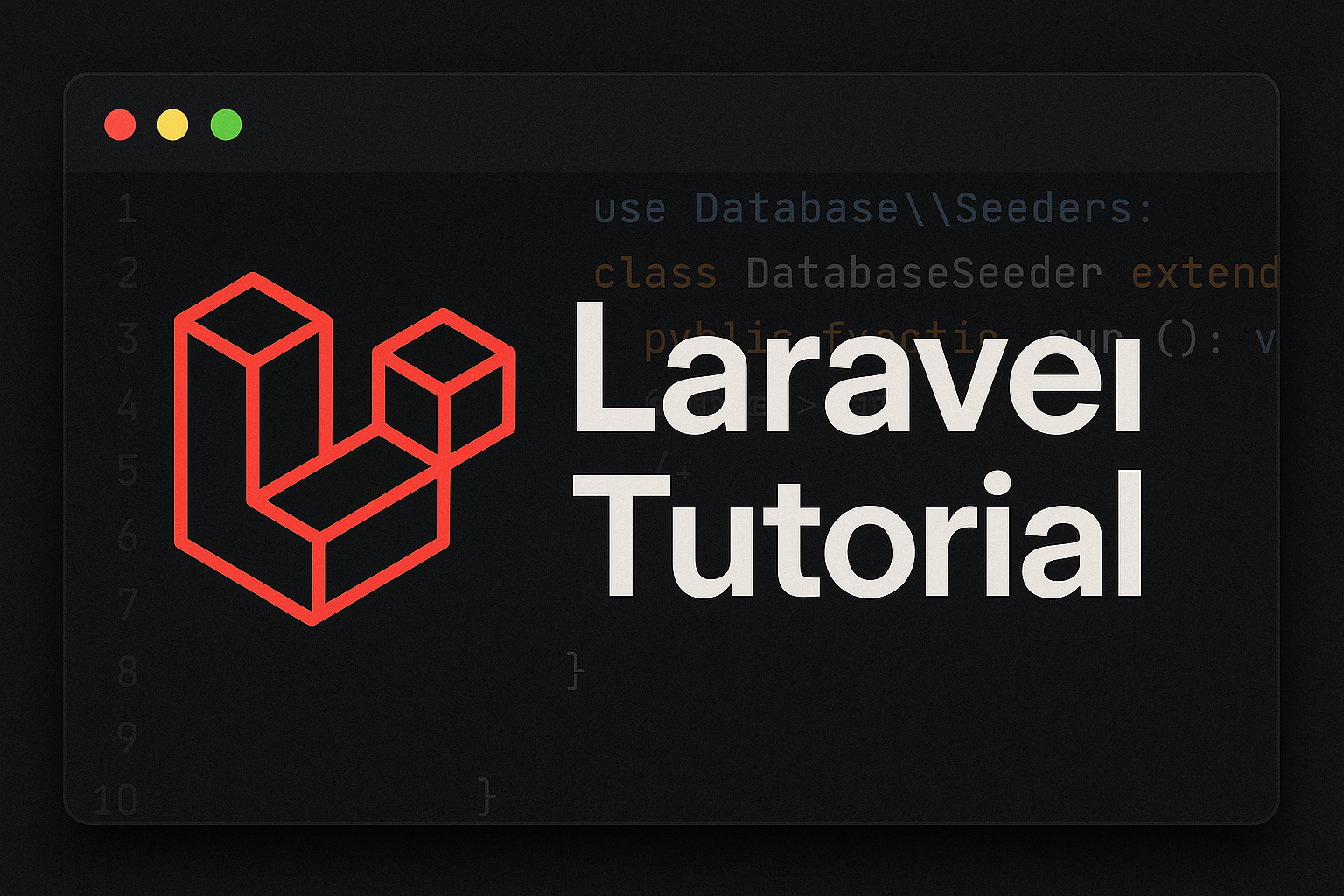
Deploying Laravel applications in a consistent and isolated environment is crucial for modern development workflows. Docker offers a reliable solution by allowing developers to containerize applications along with their dependencies. In this guide, we’ll walk through the process of setting up a new or existing Laravel project using Nginx in a Docker container, and connecting it to an existing MySQL container. Whether you’re starting from scratch or integrating with an existing setup, this tutorial aims to provide a clear and practical approach to streamline your Laravel development environment.
Step 1: Create a New Laravel Project
Or you can use existing laravel project, but if you want to create new one, use this command
composer create-project laravel/laravel laravel-app
cd laravel-app
Step 2: Set Up Docker for Laravel
Create a file named docker-compose.yml in the root of your project with the following content:
version: '3.8'
services:
app:
build:
context: .
dockerfile: Dockerfile
container_name: laravel-app
working_dir: /var/www/html
volumes: - ./:/var/www/html
networks: - my-network
nginx:
image: nginx:alpine
container_name: laravel-nginx
ports: - "8080:80"
volumes: - ./:/var/www/html - ./docker/nginx/conf.d:/etc/nginx/conf.d
depends_on: - app
networks: - my-network
networks:
my-network:
driver: bridge
Step 3: Create Nginx Configuration
Create a folder and file: docker/nginx/conf.d/default.conf
server {
listen 80;
index index.php index.html;
root /var/www/html/public;
location / {
try_files $uri $uri/ /index.php?$query_string;
}
location ~ \.php$ {
include fastcgi_params;
fastcgi_pass app:9000;
fastcgi_index index.php;
fastcgi_param SCRIPT_FILENAME $document_root$fastcgi_script_name;
}
location ~ /\.ht {
deny all;
}
}
Step 4: Configure .env for Existing MySQL
because im using different container for my mysql databse then i put “my-mysql” in DB_HOST variable because “my-mysql” is the container name
DB_CONNECTION=mysql
DB_HOST=my-mysql
DB_PORT=3306
DB_DATABASE=your_db_name
DB_USERNAME=your_db_user
DB_PASSWORD=your_db_password
Step 5: Start the Laravel Application
docker compose up -d
Step 6: Connect your existing MySql container to your laravel container network
Check Available Networks
docker network ls
To inspect a specific network:
docker network inspect my-network
This will list all containers attached to it.
Connect the MySql Container
after you know which network that attached by your laravel container(for example : my-network) then run this command
docker network connect my-network my-mysql
Then check:
docker inspect my-mysql
Under “Networks”, you should now see my-network.
Step 7: Run Laravel Commands
because im using nginx then i dont have to run “php artisan serve” command, i only need to run “php artisan migrate” and maybe you also need run other commands depend on your needs
docker exec -it laravel-app bash
php artisan migrate
Conclusion
By containerizing your Laravel application with Docker and configuring Nginx as the web server, you’ve built a flexible and reproducible environment that mimics a production-like setup. Connecting it to an existing MySQL container ensures your database stays centralized and consistent across different services. This modular architecture not only improves portability but also makes collaboration and deployment easier. Now you’re ready to scale, test, and build your Laravel apps with confidence in a modern Docker-based workflow.
